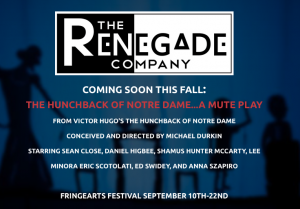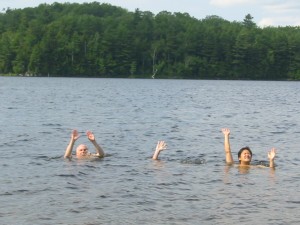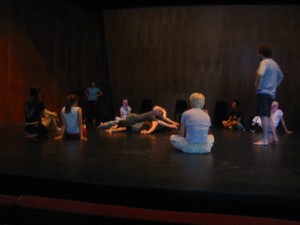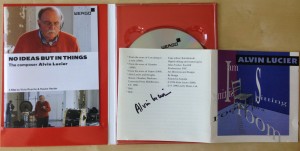If you are a musician who ever thought “what am I doing?” or “why am I doing this?” about your music and performance, I recommend Listening Through the Noise: The Aesthetics of Experimental Electronic Music by Joanna Demers. The book surveys and analyzes aesthetics of electroacoustic music, electronica, sound art, and many of their subgenres. Aesthetics is not an easy subject for me, but all the post-it notes I have put in the book should attest that I have throughly enjoyed reading this book.
 The author defines experimental music as “any music that rejects tradition and takes risks through running counter to musical inventions”, and experimental electronic music as “anything that challenges conventions of electronic music.” I recently witnessed a passionate debate on the definition of experimental music, and perhaps that is why I read this book again. I like the author’s emphasis on the risk in defining experimental music. Experiments assume that there is always a chance to fail, and I’d like to think that experimental music has risk to fail to be conventionally musical or meaningful, which is not a bad thing.
The author defines experimental music as “any music that rejects tradition and takes risks through running counter to musical inventions”, and experimental electronic music as “anything that challenges conventions of electronic music.” I recently witnessed a passionate debate on the definition of experimental music, and perhaps that is why I read this book again. I like the author’s emphasis on the risk in defining experimental music. Experiments assume that there is always a chance to fail, and I’d like to think that experimental music has risk to fail to be conventionally musical or meaningful, which is not a bad thing.
One thesis of the book is that the electronic music has “dismantled the musical frame.” When electronics are involved in music making and listening, non-instrumental sounds such as field recordings, noises, and silences become musical and valuable. Those sounds also blur boundaries between real-world sound and music. The author ends the book by stating that the sounds in electronic music are “strange in the real world, but they also succeed in making the real world strange. ” That is a beautiful thing for me, and I think this is why I keep making music with electronic devices.
To finish this post, I would like to share a piece that I asked myself “does this work?” and “am I doing a right thing?” It is a good sign that these thoughts came up in my mind. Electronic music is good at asking questions.




